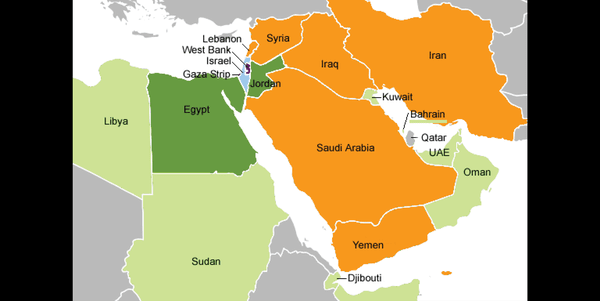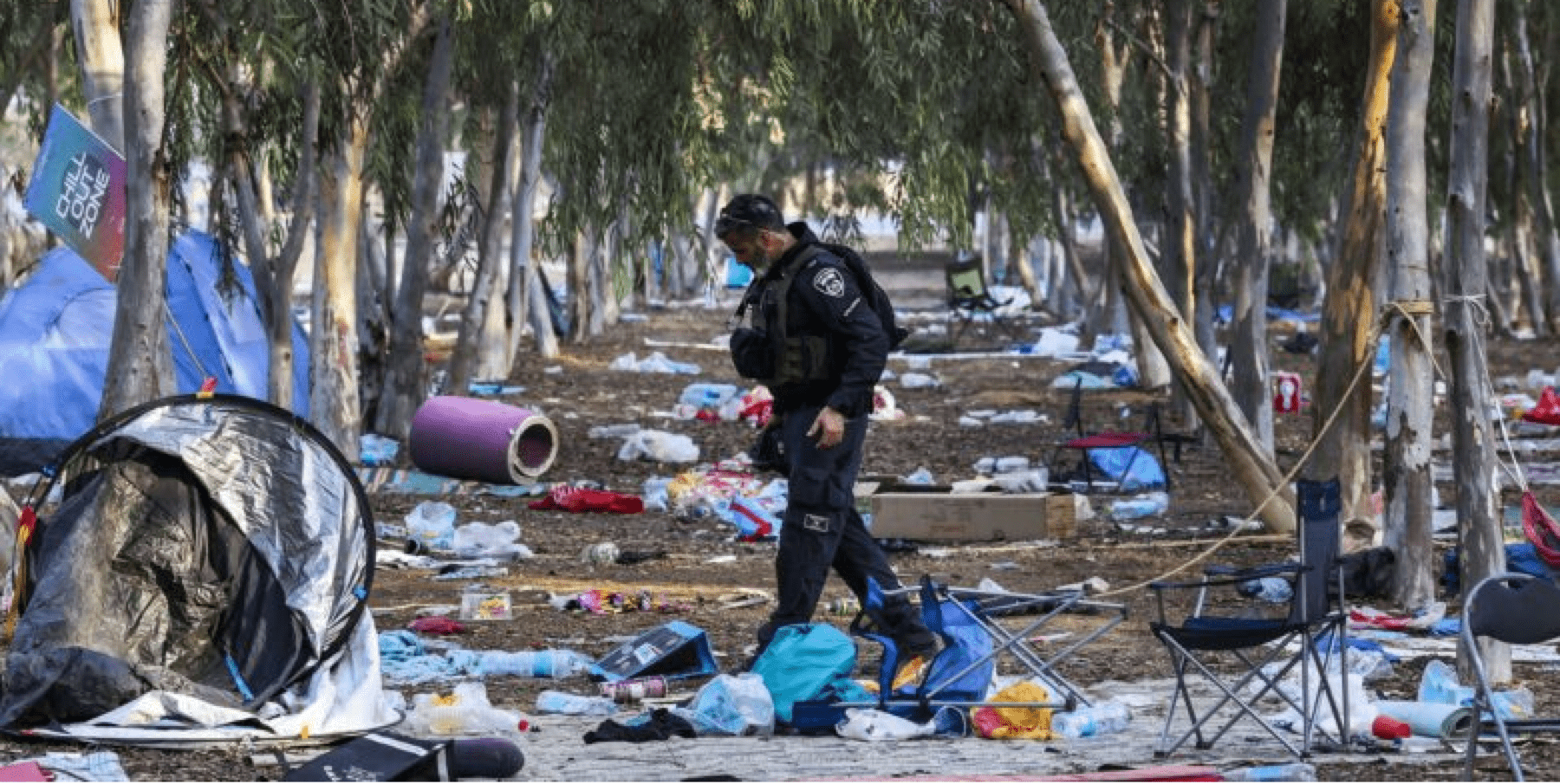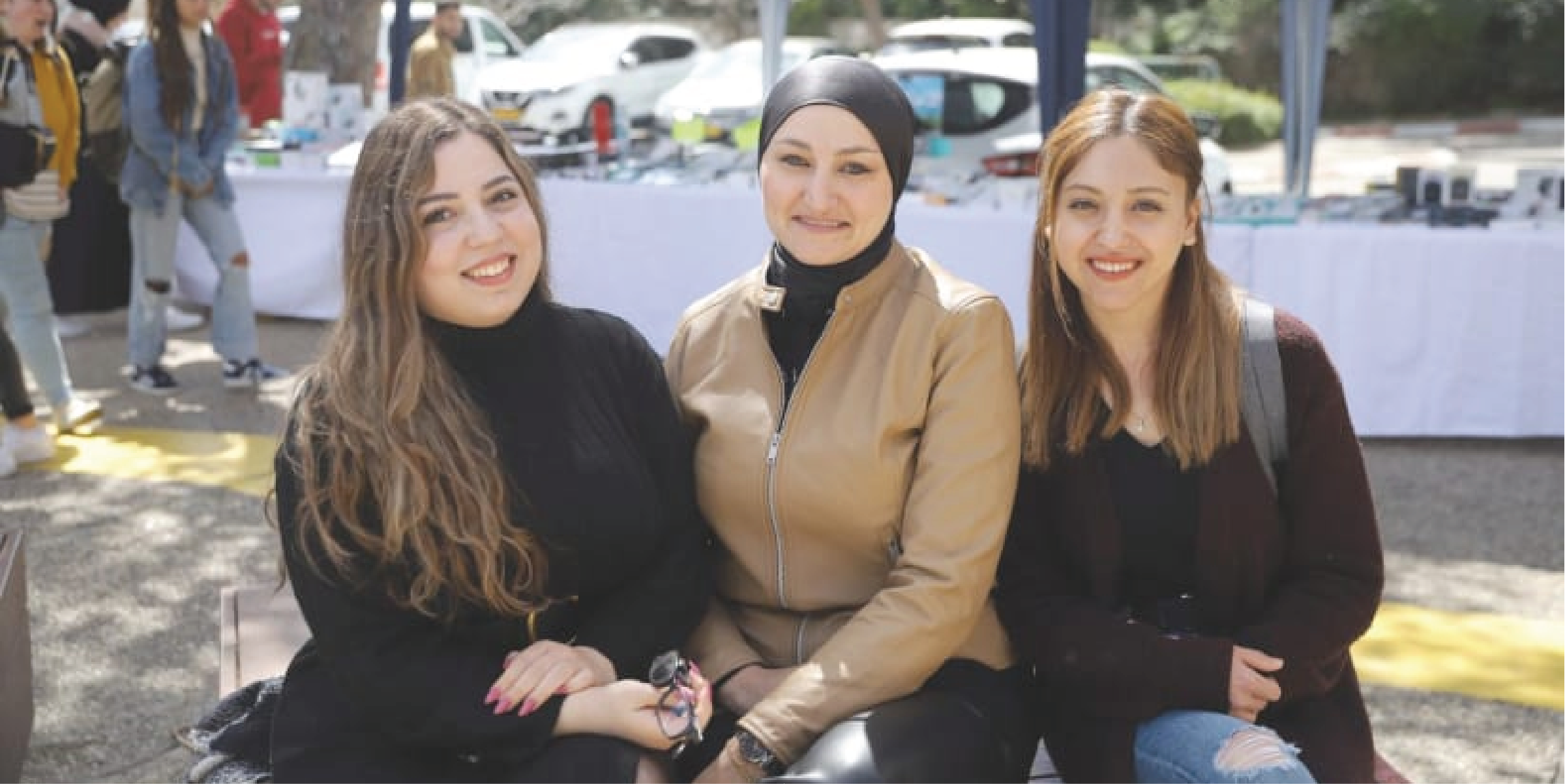Syria’s Quiet War on Imports
April 1, 2015Syria’s government, presiding over an economy ravaged by war and facing dwindling foreign currency reserves, is taking new measures to slash imports and prop up exports.
Importers require government licenses that allow them to request a favorable exchange rate at the Syrian central bank.
But the government has, in recent months, issued fewer licenses, and the central bank has increasingly declined to offer importers the favorable conversion rate.
“A month ago, I got a text message from the economy ministry telling me that because of the shrinking foreign currency reserves, I would no longer get the preferential dollar rate at the central bank,” one importer of consumer goods told AFP.
“I’ve been left to fend for myself,” the importer revealed.
An official at Syria’s economy ministry, quoted by the Al-Watan daily, said two-thirds of import licenses granted in the last quarter of 2014 went to industries considered essential, including fuel, agriculture and pharmaceuticals.
That quarter, the government received import requests worth $2.7 billion, but only granted licenses worth $1.2 billion, the official told the newspaper, which is close to the regime.
And the central bank offered preferential exchange rates to just 13% of those granted licenses.
The measures come as Syria’s economy suffers the ravages of more than four years of conflict that began with an anti-government uprising in March 2011 as part of the “Arab Spring,” which President Bashar al-Assad’s regime quickly moved to violently repress.
The Syrian Center for Policy Research (SCPR) estimates losses to the Syrian economy totaling $202.6 billion, equivalent to 383% of GDP in 2010, the year before war broke out.
“A decision was taken to increase exports and limit imports,” Fares Shehabi, president of the Syrian Federation of Chambers of Industry, told AFP.
“What can be produced locally, will be, and what can be produced here will not be imported. We can provide the market with many products,” he said.
“We don’t need pineapples”
But that assessment may be optimistic, considering the decline in local manufacturing along with the other economic consequences of the war.
By 2013, the SCPR estimated manufacturing output had fallen to just 18.6% of its 2010 levels.
Last year, it rebounded somewhat, but was still at just 21.7% of 2010 levels by the end of 2014.
The country’s key agriculture sector has been similarly ravaged, contracting 31.9% in 2013 compared to the previous year, according to the SCPR.
“We asked the government to reduce imports and encourage local industry and exports,” said Mazen Hammour, secretary general of the Syrian Federation of Exporters.
“If local industry is solid, then exports will increase and so will foreign reserves,” he told AFP. “The country doesn’t need to be importing luxury products like pineapples and French cheeses.”
“We should be importing primary materials necessary for local industry to produce merchandise that is export quality.”
According to Al-Watan, Syria’s exports in 2014 were worth just $1.8 billion, down from $11.3 billion in 2010.
The ratio of exports to imports deteriorated from 82.7% in 2010 to 29.7% in 2014, according to SCPR.
Iyad Mohamed, the exporters association treasurer, said measures to protect domestic manufacturing were desperately needed.
“We want our industry to be protected, like a newborn,” he said, while acknowledging that a return to the closed economy over which former president Hafez al-Assad ruled was impossible.
“We can’t go back in time, particularly as we have to respect the commercial deals we have with other countries,” he said.
Difficult export routes
Before the conflict, oil exports constituted a significant part of the country’s economy.
But a Western embargo over the internecine conflict and the loss of key oil fields to the jihadist Islamic State (ISIS) group has decimated crude sales.
Now the country’s main exports are agricultural products, textiles and leather, medicine, flowers and ceramics.
The sanctions largely apply to state-run enterprises, with private entrepreneurs still able to trade internationally.
Most exports go to Iraq, with Lebanon coming in second, largely as a transit point. But exporting the goods is not always easy, with money needed to smooth passage on the more difficult routes.
To reach Iraq, exports must go through the Al-Tanaf border crossing, which is held by the government on the Syrian side, but the Islamic State on the Iraqi side.
To reach the Gulf, goods go through Jordan, and to Europe they pass through Lebanon.
Businessmen joke that they are reactivating old routes from the time of Hafez al-Assad, but in reverse. Then, the routes were a way to smuggle in foreign products, now they are a way to get them out.
With all the measures being taken to protect foreign reserves, the actual amount available in the central bank remains a mystery.
“It’s a well-kept secret. The only thing that’s sure is that the Syrian pound has lost 80% of its value against the dollar in four years,” said Mohamed, the exporters association treasurer.
Similar posts
-

Israel Has The Most Moral Military In The World
April 10, 2024In the heart of a region often riddled with conflict, Israel stands out not only for its technologi...
-

The Resilience of the Israeli People
April 2, 2024Visitors from around the world have seen Hamas's October 7th Massacre's destruction in southern Isr...
-

Israel: Small Size, Big Impact
March 21, 2024Nestled along the eastern edge of the Mediterranean Sea, Israel is a land of immense historical sig...
-

Israelis Are Fighting For Their Lives
February 21, 2024By Jonathan S. Tobin The world looks a lot different from Kibbutz Kfar Aza than it does in the U...
-

Over 2 Million Arabs Live In Israel
January 23, 2024In the complex landscape of the Middle East, where diverse cultures and identities intersect, Israe...
-

'Fauda' Star Idan Amedi Injured Fighting in Gaza
January 8, 2024Despite the severity of his injuries, Amedi's father assured Israeli news channels that his life is...
-

Israel Is A Great Country To Live In
December 28, 2023Nestled at the crossroads of the Middle East, Israel stands as a vibrant and dynamic nation, offeri...
-

Women's Empowerment in Israel
December 15, 2023In recent decades, Israel has witnessed a remarkable evolution in the status and empowerment of wom...




















